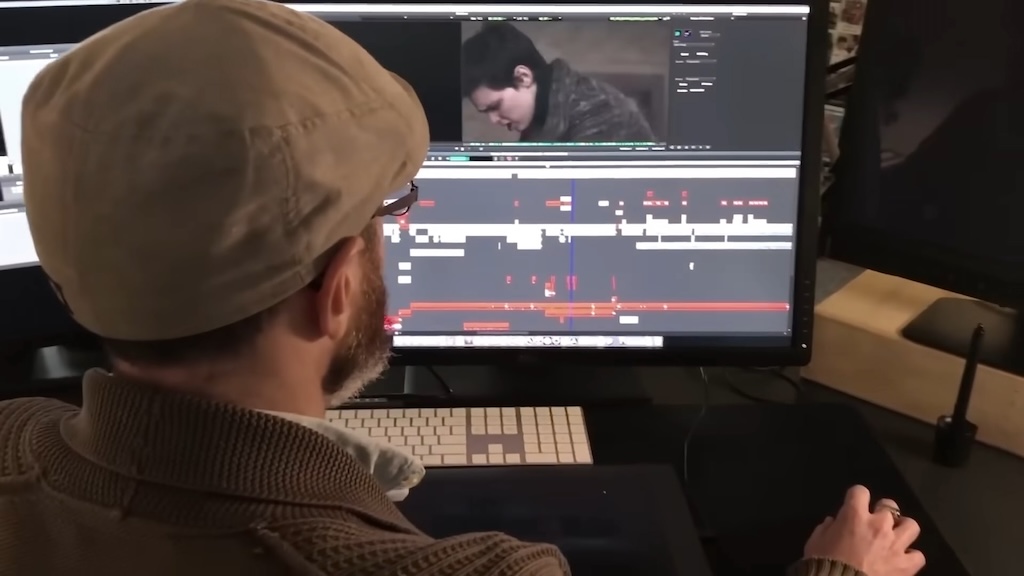Why Laugh Tracks Were Used So Often in Sitcoms
Nerdstalgic takes a look at the history of the sitcom laugh track, noting how this once-ubiquitous effect was used so often for so long. He explains that the early adoption of the laugh track first appeared with radio programs.
In the 1930s radios had taken over American living rooms and comedy programs like Amos and Andy" had ruled the airwaves. Back then sound engineers recorded laughter from live in-person comedy routines and then spliced those laughs into the radio shows. This was intended to give listeners the impression of really being in the room with the comedians.
Later, a more televisions made their way into American households, the laugh track and automated versions were implemented to give people a sense of community, a sense of a live audience, and an understanding of the subject matter.
The Laugh Track was used to give at home audiences the feeling of a live studio performance, but over the years it became a crutch to let the audience know when to laugh.
At some point, the laugh track fell out of favor with audiences who felt that they were controlling the narrative.
Our TV watching culture has evolved. the technique that was once used to make viewers more comfortable now does the exact opposite. Laugh tracks are abrasive distracting and keep us from getting truly lost in what we're watching. In some cases, it even serves to lessen the impact of a joke and leaves us wondering whether the show was funny to begin with.
